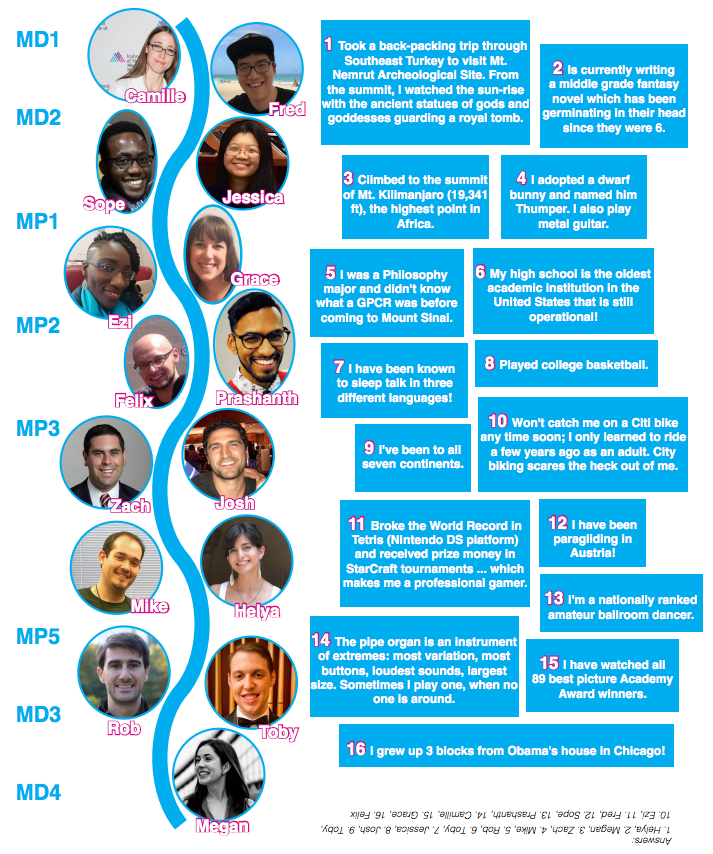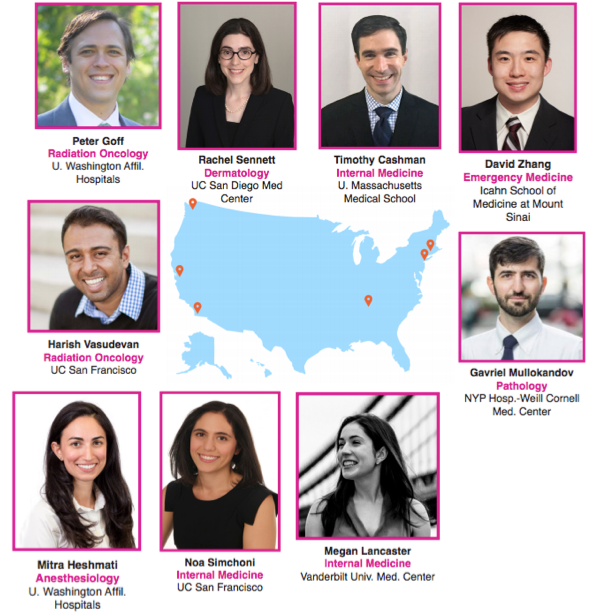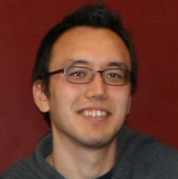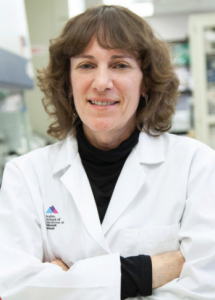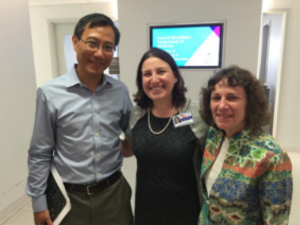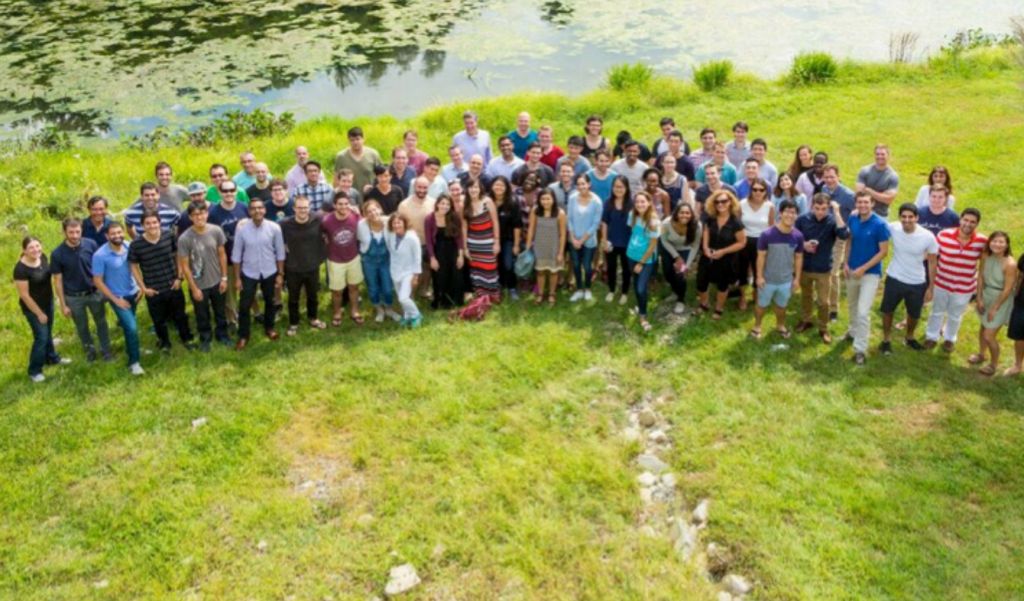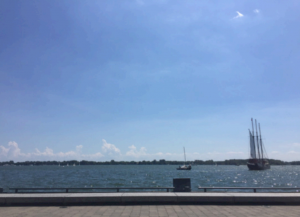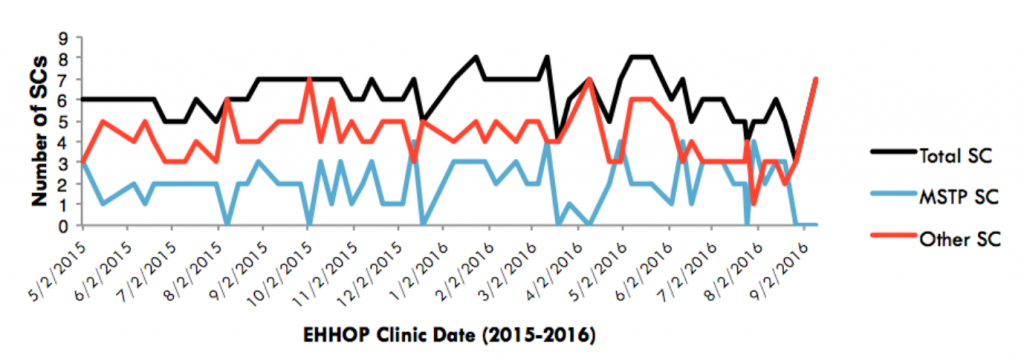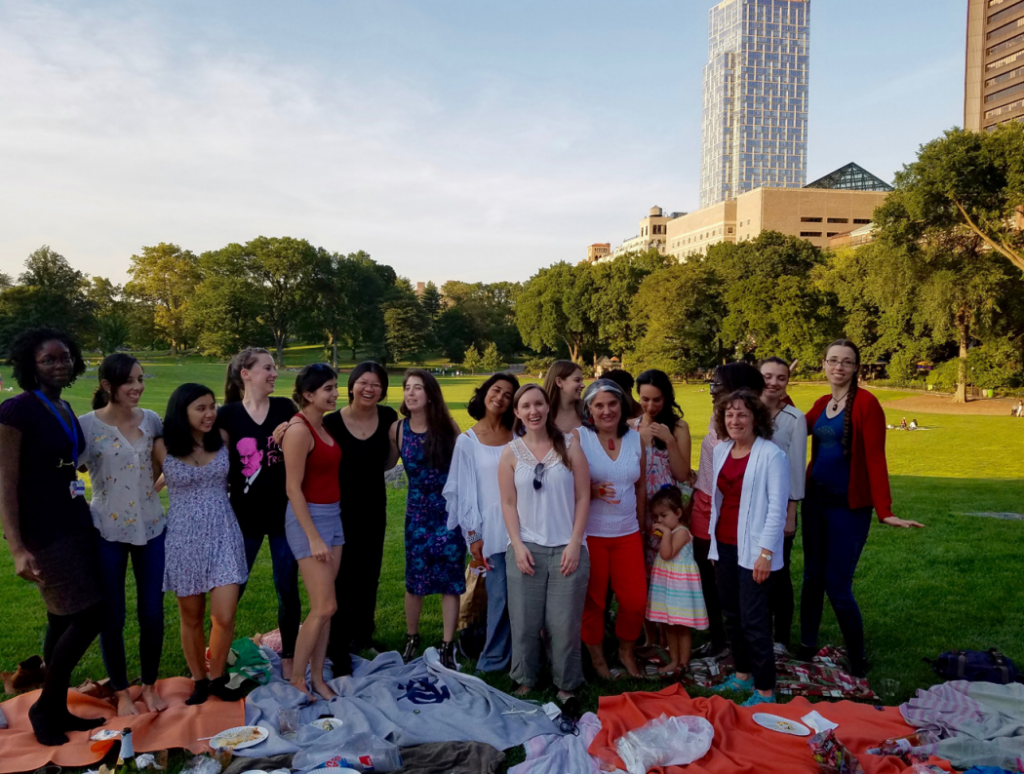By David Gonzalez and Tucker Matthews (MD1)
Tucker Matthews, University of Wisconsin-Madison:
New York is absolutely incredible for live music and Warsaw is a concert venue in Brooklyn that feels like a community center. I got to see this Brooklyn-based hippie-dance-punk band there, and it was incredible. Milano’s is just hands down my favorite bar in the city. It’s this super tiny hallway-shaped bar down on Houston, there are polaroids of patrons from the ‘90s on the wall, and it just has the greatest feel to it, in a way that you can only really get in NYC.
Christian Stevens, Harvey Mudd College:
New York is about balancing history with pragmatism. Of course I’d love to have a beer at the spot where Abraham Lincoln and America’s first spy, Nathan Hale, would meet in secret to discuss the evacuation of the British from Manhattan. But chances are, that bar is expensive and not real. But there are places, like St. Marks Place, where the history may not sound quite so grand but it feels more important. Ada Calhoun referred to St. Marks Place by saying: “the street is not for people who have chosen their lives … [it] is for the wanderer, the undecided, the lonely, and the promiscuous.” And finally, when you’re winding down your night, right before you head over to take the long and lonely 4, 5, 6 up to 96th street, you can stop by 2 Bros. There you’ll find the best $1 pizza in America, hands down.
Camille van Neste, Stanford University:
In the beginning of the year, New York hit international headlines for an unusual reason: the giant corpse flower at the Bronx Botanical garden was about to bloom. Shoulder to shoulder with an immense crowd, I observed botanical history. Even when the corpse flower is blooming, the botanical gardens and adjacent zoo provide a welcome, green respite from the smelly concrete jungle of Manhattan.
Varun Arvind, Rutgers University-New Brunswick:
One of the first weekends I went to Lombardi’s, a great slice of history and food. Equally fun was just walking around the city going into old bookstores and interesting places. NYC is great because you can just be walking around and serendipitously find a cool new store, restaurant, mural, place, or interesting people.
David Gonzalez, Brown University:
The public library on 42nd street next to Bryant Park is immense and a beautiful space to study in with some really impressive reading rooms that have just been renovated. On days when I don’t have mandatory class, I like to grab a coffee and head down there for the day to study. Its a great way to get away from the UES and explore a bit of NY while staying on top of your classes. During Structures a bunch of first years went to an improv show centered around Raiders of the Lost Ark. Audience members could propose a shift to a scene from a different movie three times during the show, and the actors had to find a way to incorporate it into the current storyline they were acting out, as well as incorporate lines written by audience members that were given to them on a piece of paper before the start of the show. Tickets for shows like this will run you a whopping $10 and are a great spontaneous thing to do in the evening.
Joel Kim, University of Rochester:
Central Park is literally a five minute walk from the student residence, Aron Hall. What is especially worth appreciation is the beautiful reservoir that is located very close by. As someone who enjoys jogging, it is a great way to destress and appreciate a nice view of nature in the midst of a crowded, bustling city.
Sahil Agrawal, Harvard University:
One lazy summer afternoon, I found myself enjoying oysters and craft cocktails on a historic sailboat anchored on the Hudson River — ‘Grand Banks.’ The gentle waves nudged the boat along and the setting sun cast a brilliant red-orange hue on the horizon, highlighting the skyline of the lower east side; in the distant, I could even make out the Statue of Liberty.
Louise Malle, University of Pennsylvania:
Dancing to disco music at a Chinese restaurant that doubles as a hipster nightclub in a desolate street in the Financial districtChina Chalet on Broadway and Morris Street. Spending a sunny afternoon in Chelsea looking at all the art we’ll never be able to afford and admiring NY street style.
Amara Plaza-Jennings, Princeton University:
I normally hate waiting in lines, but when videos started popping up of Dō, a place that makes (safe!) raw cookie dough that they serve like ice cream, I thought maybe it would be worth it. I waited in line with classmates for over an hour and it was freezing cold. I don’t know if I’ll be waiting in trendy food lines again anytime soon, but it was a very New York experience that I am glad I got to have.
Christie Nguyen, Stanford University:
Dominique Ansel Bakery, home to the cookie shot (also the cronut), a life-changing cup shaped cookie filled with tahitian vanilla milk. In classic new york style, it’s only sold at 3pm everyday and there’s usually a short line.
Fred Kwon, University of Pennsylvania:
The first time I visited New York, I wanted to appreciate the New York City landscape. I was recommended the cost efficient observatory deck at Rockefeller Center, from which you can see skyscrapers and appreciate how rectangular Central Park is. While I was in the area, I checked out the bizarre and fascinating Museum of Modern Arts (MoMA) and dropped by Nintendo NYC to take a photo with my favorite plumber brothers.

